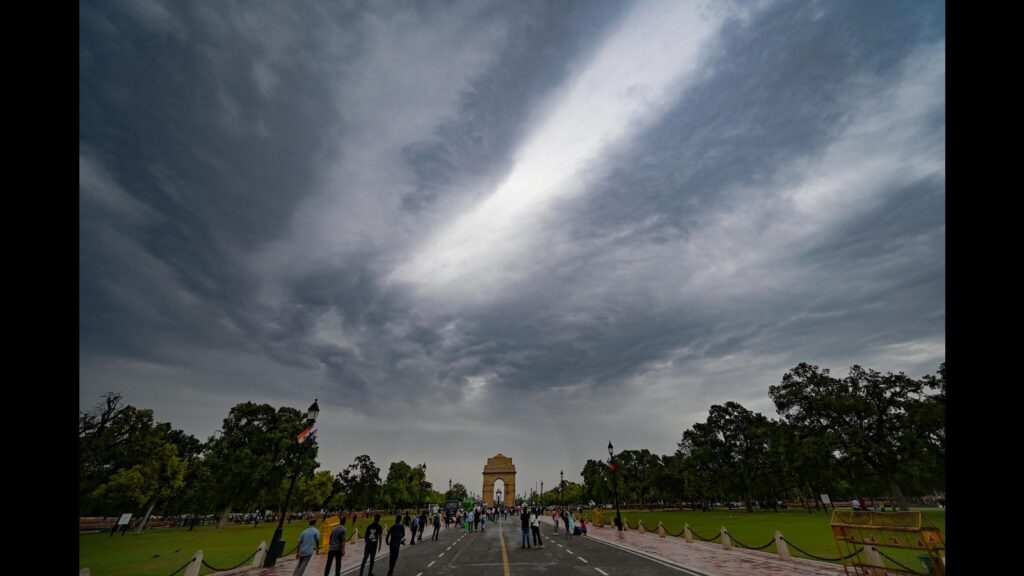In yet another of the weather anomalies that have come to characterise our times, May, usually the hottest month in India, turned out to be the fourth coolest since 1951 this year. Delhi experienced its coolest May since 1987, with the average maximum temperature settling at 36.8 degrees Celsius (°C) — more than three notches below the long period average for May, the India Meteorological Department (IMD) said. The reason for aberrant May temperatures was largely surprise spells of rain. An analysis by this paper of India’s daily average maximum revealed that 24 of May’s first 30 days were cooler than normal. Some experts pointed to western disturbances (WDs), which typically shift to higher altitudes by May but remained at low latitudes this year, influencing northwest India and central India. India saw eight of these cyclonic systems. Others said such anomalous weather can be expected during the El Nino years, which brings a large natural variability in the pre-monsoon rains during April and May.
While there is a sense of relief with the lower temperatures, fear lingers that a cooler May could hit the development of the crucial monsoon rainfall. The weather office predicted sub-par rainfall in most parts of the country in June, especially in northwest India, which includes the food-bowl states of Punjab, Haryana and Uttar Pradesh. The unusual May temperatures also showed how weather patterns were becoming unpredictable due to the climate crisis, and underlined the need for more investment in climate science, forecasting facilities as well as community-driven local initiatives. Scientists and policymakers will, therefore, have to keep an eye on how quickly the monsoon picks up speed, and prepare for a more uncertain climate future.

